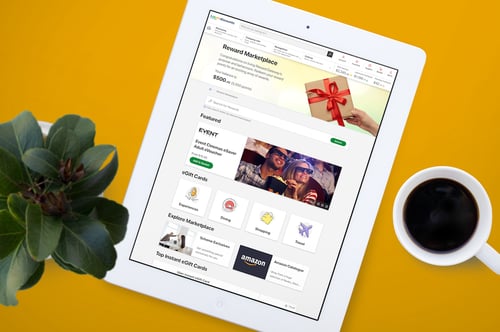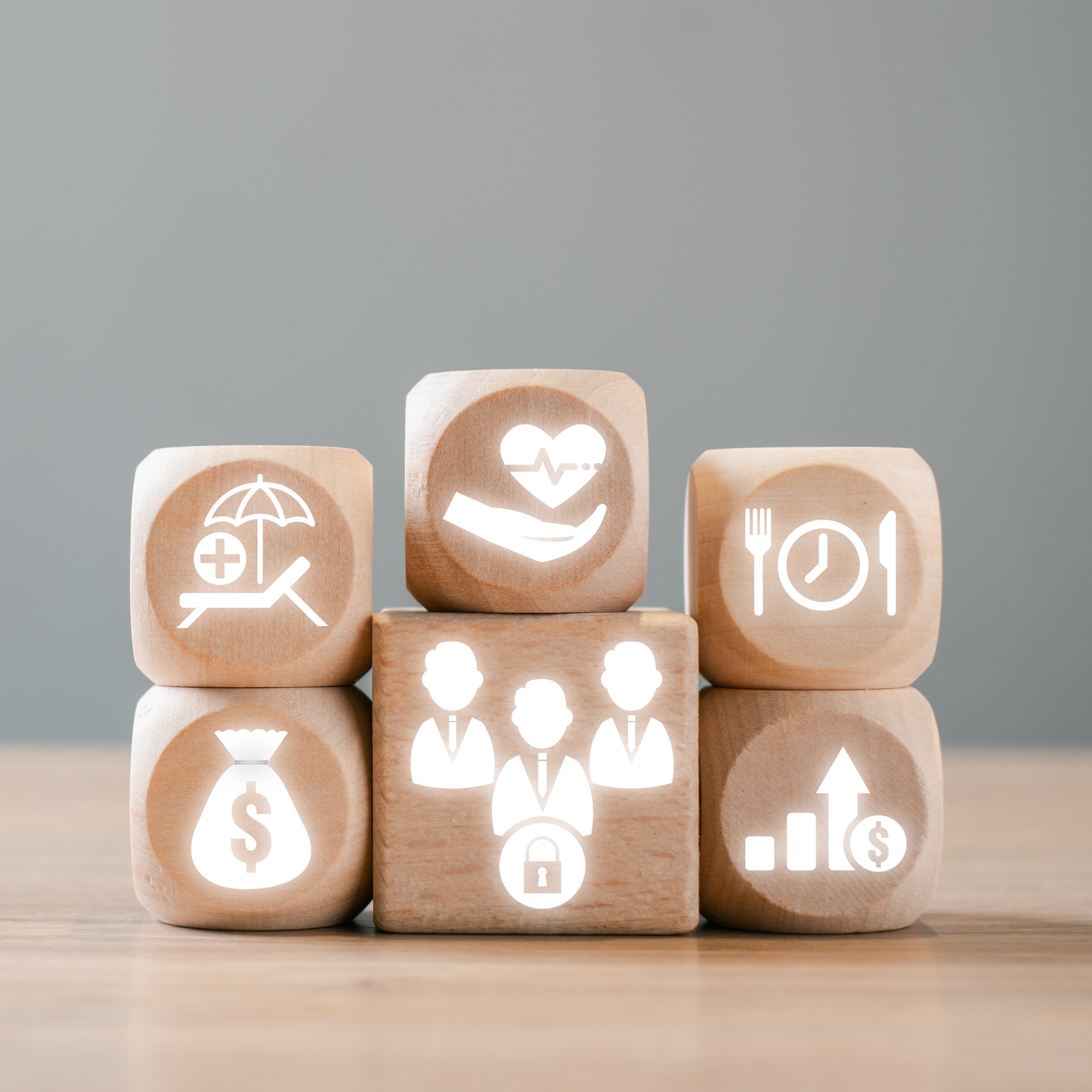With modern employees seeking out purpose in their careers and connections like never before, offering engaging and meaningful employee recognition programs is no longer a ‘nice-to-have,’ but rather a must-have offering. Aside from letting employees know we appreciate them being the right thing to do, it also adds important context to their work and how it connects to those around them.
Not only that, but employees are asking for it directly.
The value of recognition
 As part of RG|ER’s 2024 Workplace Wellbeing Report, 31% of employees stated that their leadership should focus on recognition and reward in the next year – with 34% listing it as a key way their employer could help impact their mental health. A staggering 78% of employees even say that more recognition would be likely to keep them at their current company, with 76% saying it would lead them to work harder as well. The people have spoken – and they want to be recognized for their contributions.
As part of RG|ER’s 2024 Workplace Wellbeing Report, 31% of employees stated that their leadership should focus on recognition and reward in the next year – with 34% listing it as a key way their employer could help impact their mental health. A staggering 78% of employees even say that more recognition would be likely to keep them at their current company, with 76% saying it would lead them to work harder as well. The people have spoken – and they want to be recognized for their contributions.
But employees aren’t just asking for more recognition, 45% of employees also say they’d like to see more tangible rewards as well. But what types of best practices make for an effective reward system?
Why add rewards?
 Including monetary or other types of rewards is absolutely not a requirement when creating an engaging recognition program – but it can be an effective way to level-up its impact and reach by engaging recognition skeptics and adding structure to existing programs.
Including monetary or other types of rewards is absolutely not a requirement when creating an engaging recognition program – but it can be an effective way to level-up its impact and reach by engaging recognition skeptics and adding structure to existing programs.
In every organization there are folks who are naturally motivated by recognition and some who are not – or maybe just don’t know it yet! Adding a reward element to your recognition programs is an effective way to engage this second group by tapping into other sources of motivation that are more natural for them. Once you’ve gotten their attention, the contagious power of recognition is much more likely to turn them into repeat recognizers themselves!
Adding reward elements can also help provide a framework for the folks who are already bought into your programs. By attaching a reward value to moments of recognition, we’re able to quantify the impact of the action being recognized – so the most important examples of going above and beyond are reinforced as such. Creating programs with pre-assigned reward values also takes the guesswork out of sending recognition for our managers, as it’s made increasingly clear which actions should be recognized in which ways.
Not all reward systems are created equally however, so it’s important that we prioritize the right elements to create a truly engaging reward experience for our people. Consider these three best practices for employee rewards programs:
Reward choice
 In a diverse workforce, trying to choose a reward (or set of rewards) that will be equally engaging to each of your employees is just about impossible.
In a diverse workforce, trying to choose a reward (or set of rewards) that will be equally engaging to each of your employees is just about impossible.
Instead, the most effective reward programs put the choice of reward directly in the hands of the employee to ensure that every employee walks away with a reward that is uniquely meaningful to them.
At RG|ER, we’ve assembled a Reward Marketplace that provides our clients’ employees with millions of reward choices through a direct integration with Amazon’s marketplace, a collection on Instant eGift cards, charitable giving, branded merchandise, or Custom Rewards hand-selected by their leaders.
Frequency over amount
 For decades now, organizations have been allocating most of their rewards budget to Service Awards or Annual Awards that carry a large cash prize. These types of awards can be a valuable part of your reward programs, however they leave the majority of employees without an opportunity to be rewarded for a whole year – or even five!
For decades now, organizations have been allocating most of their rewards budget to Service Awards or Annual Awards that carry a large cash prize. These types of awards can be a valuable part of your reward programs, however they leave the majority of employees without an opportunity to be rewarded for a whole year – or even five!
To maximize the engagement return on our reward budget, we need to ensure that as many folks as possible spend as much time as possible feeling appreciated. To enable this, creating reward systems that allow us to focus on how often we can recognize employees – even if the value of their reward is small – is paramount.
At RG|ER, our clients empower their managers with budgets of their own to distribute smaller (usually $5-$25), on-the-spot rewards anytime their employees go above and beyond – ensuring they’re able to reinforce the right actions in real-time while maximizing the return on their reward budget.
Use points to add flexibility
 For many employees, choosing a reward has traditionally meant thumbing through a catalog of Service Award options every five years. But, what happens if they’re willing to pay the difference for a reward earmarked for a higher tier of tenure? Or nothing strikes their fancy and they’d rather wait until something does?
For many employees, choosing a reward has traditionally meant thumbing through a catalog of Service Award options every five years. But, what happens if they’re willing to pay the difference for a reward earmarked for a higher tier of tenure? Or nothing strikes their fancy and they’d rather wait until something does?
Points systems are a great way to add this extra flexibility – as employees can continue to stack up points over time for something they’ve really had their eye on – or cash them in little by little for micro-rewards like their morning coffee.
With RG|ER’s platform, folks even have the opportunity to supplement their points with their own money to purchase an item they couldn’t with their points alone!
Learn more about how RG|ER makes employee reward and recognition easy and engaging by requesting a demo with one of our experts.

 Michael Muldoon
Michael Muldoon



